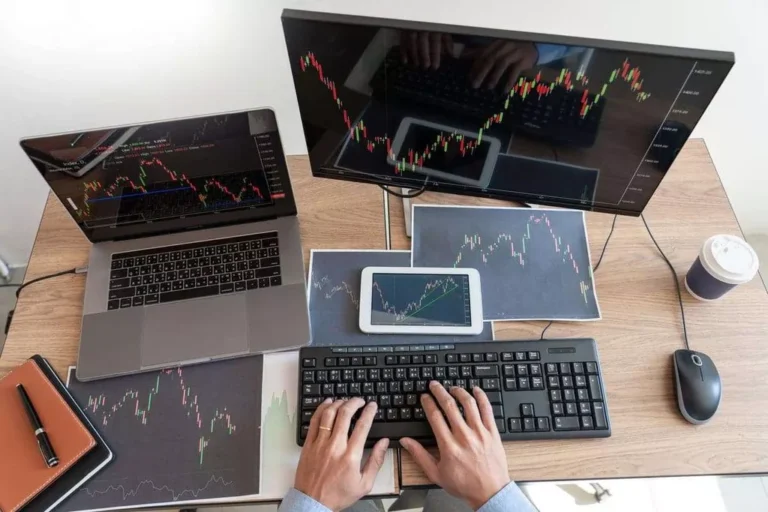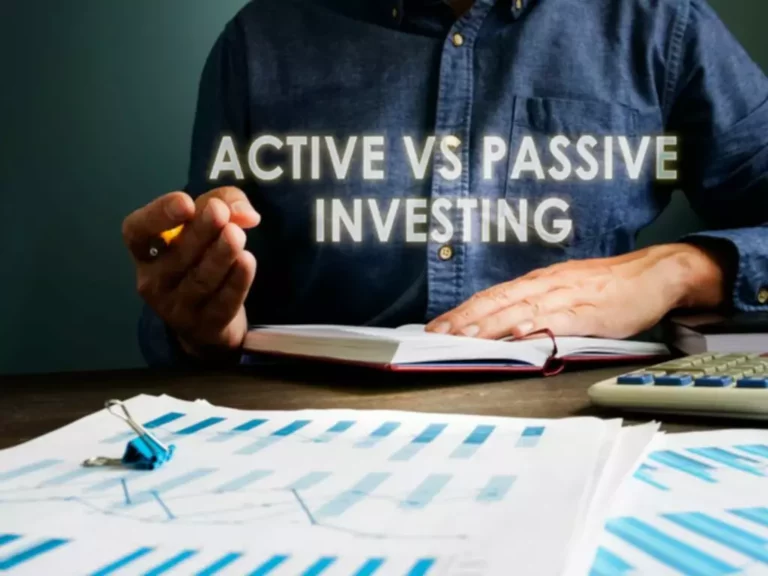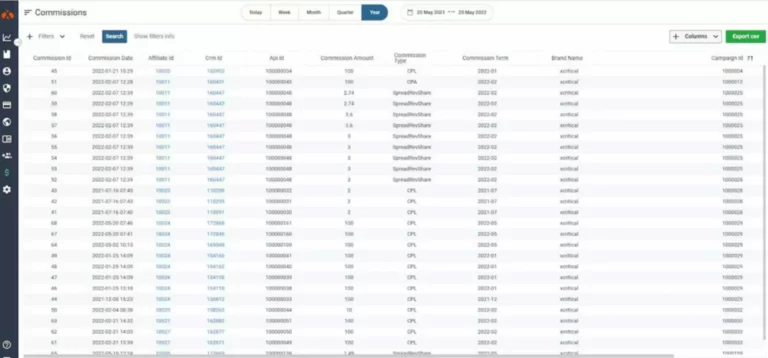Content
A buy-side analyst is much more concerned about being right than a sell-side analyst is. In fact, avoiding the negative is often a key part of the buy-side analyst’s job, and many analysts pursue their job from the mindset of figuring out what can go wrong with https://www.xcritical.com/ an idea. Zones invite periodic retests, keeping the implied volatility elevated. Selling out-of-the-money puts collects income as zones prove resilient.
Liquidity’s Economic Role: A Simple Explanation

Case studies apply this framework demonstrating identifiable behaviors traders can integrate. Ongoing observation strengthens pattern recognition when seeking opportune times to trade evolving market structures. Functional activities of the buy side core involve in-house research analysis of securities and investment followed by direct deployment through portfolio management to create alpha. The sell side entails underwriting new issues, what is sell side liquidity making markets, sales/trading, investment banking advisory work, and investment banking research distribution.
Master Liquidity in Forex Trading with 3 Step Guide
Meanwhile, during this period, industry experts say that Optiver is leading the recent growth in offering bilateral liquidity directly to the buy side. The trend of trading directly with market makers began in the ETF market and single stock options desks through a request-for-quote (RFQ) mechanism. Buy-side jobs have a performance bonus element (a carried interest in private equity or the 2-and-20 structure in hedge funds), which can lead to significant upside potential income if the investments perform well. Recognizing supply and demand dynamics and acknowledging the influence of institutional investors enhances traders’ confidence, particularly in hard-to-read markets. By using buy-side liquidity to aim for market highs, they can have an advantage in understanding financial markets. These include stop losses, retail investors, price changes, and the main roles of buyers and sellers in the market.
What’s the difference between a Liquidity Sweep and Liquidity Grab?
Retail traders are at risk of falling into these traps, especially when placing stop-loss orders at predictable levels. Trading liquidity hunts involves high risk, including market manipulation, false breakouts, and unexpected volatility. Traders should avoid predictable stop-loss levels, practice proper risk management, and be cautious of over-leveraging, which can magnify losses during liquidity hunts. Because retail traders tend to place Sell stops at predictable levels, these areas become liquidity pools.
- In Bearish Market structure, we expect price to test PD array in Premium area.
- These orders are mostly Buy stops which are placed by retail traders to protect their short position.
- At T. Rowe Price, Canwell said his firm evaluates all liquidity providers and is aware of the bilateral liquidity available via agency brokers.
- As the word “sell” implies, on the sell side there is more salesmanship required than is usually the case on the buy-side.
- Sellside Liquidity (SSL) refers to the price levels where a large amount of pending sell orders are placed.
- The Buy Side refers to firms that purchase securities and includes investment managers, pension funds, and hedge funds.
Role of the Sell Side vs Buy Side

The ICT trading methodology consists of some key concepts that every trader must know in order to take advantage of trading in this style. In the sections below, we’ll discuss the key takeaways as well as show how to utilize some of these concepts within the TrendSpider platform. Market makers attempt to exploit this liquidity by targeting these established lows to trigger the activation of sell stop orders, effectively converting them into market orders.
In order to capture trading revenue, the analyst must be seen by the buy-side as providing valuable services. Information is clearly valuable, and some analysts will constantly hunt for new information or proprietary angles on the industry. Sell-side analysts are those who issue the often-heard recommendations of „strong buy,“ „outperform,“ „neutral,“ or „sell.“ These recommendations help clients make decisions to buy or sell certain stocks.

For bearish liquidity grabs, or grabs at buyside liquidity, the long wick indicates a lot of sellers stepped into the market. On the opposite side, buy-side analysts have more inward-facing duties. They make investment decisions and manage their clients‘ money, and do their best to grow the firm’s portfolio. While sell-side analysts create investment research products for sale to other companies, buy-side analysts conduct in-house research intended only for their own firms.
This clustering of long exit orders underneath evolving foundation levels carves out distinct sell side liquidity zones. In consolidating markets where support and resistance are redefined, buy side liquidity may get tested multiple times. As levels are retested, short sellers may carefully lift the location of higher stop orders on a pullback after a level is reproved. The clustered stopping zones above evolving resistance can be especially revealing of shorts if they are broken in a manner that sparks short-covering-driven accelerations higher. Private equity transactions represent a highly complex and dynamic financial landscape, with each decision bearing significant strategic weight.
Too little inventory and you run the risk of stalling operations; too much inventory and funds are unnecessarily tied up, dragging down liquidity. However, there are different views on how access to bilateral liquidity is going to evolve. For example, FlexTrade has built a mechanism to consume the individual ELP feeds and display them on the EMS blotter. “We’ve incorporated a large amount of SI data, alongside market makers and other sources into a front-end for the buy side,” said Andy Mahoney, Managing Director, FlexTrade EMEA. What’s different now is that several major liquidity providers are streaming their bids and offers directly to the buy-side through execution management systems (EMSs). In the past, EMSs could not consume the volume of ELP quotes, but technology has advanced.
Individual traders can identify and trade with big players by analyzing market liquidity, price action, and volume data. At the heart of market mechanics, structural liquidity refers to layers of buy and sell stop losses situated at crucial market junctures—trend breaks or structural levels. These liquidity layers are more than mere markers; they hold the potential to act as catalysts, precipitating significant price changes as they are targeted by banking and financial institutions (BFIs).
Weak, delayed breakdowns through the sell side areas create a gap that traditional traders target to buy. The aggressive long entries chasing holds above these lower-value pockets. Finding liquidity zones sets the stage for planning strategic manoeuvring.
At the most junior positions, roles may be very similar, but at more senior positions the roles start to vary more significantly. As the word “sell” implies, on the sell side there is more salesmanship required than is usually the case on the buy-side. There is a wide range of careers available on the sell side, with more entry-level opportunities than there are typically available on the buy-side.
The main differences come down to the role each side plays for their client and the personality types that do well on each side. It involves the ability to quickly enter or exit a trade, which impacts price movement. Traders should carefully monitor price actions to confirm potential reversals near these critical levels. After the price reaches a liquidity level and then reverses, what will often come next is Displacement. Fair Value Gaps are created within this displacement and are defined as instances in which there are inefficiencies, or imbalances, in the market.
The price will always seek liquidity to either reverse or continue in the current move.









 . That made me curious enough to get out of my lazy chair and research a bit about it.
. That made me curious enough to get out of my lazy chair and research a bit about it.





